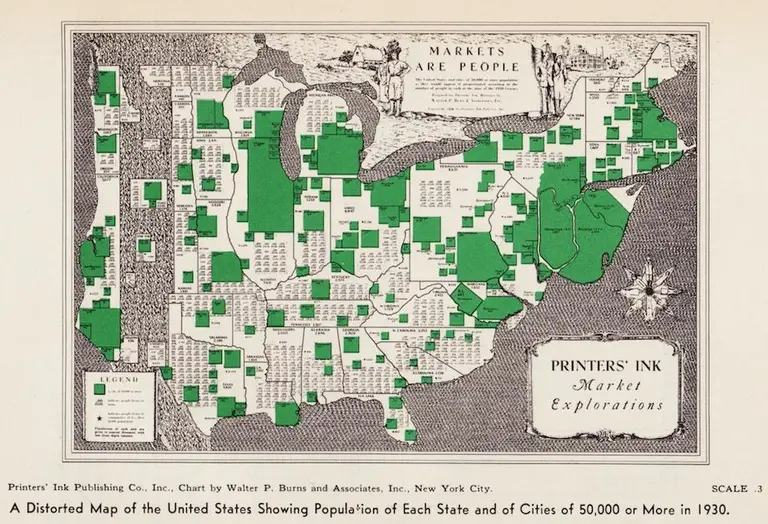April 27, 2017
6sqft previously reported on the "time machine" map function that allowed users to navigate overlaid maps from 1600 to the present to see what used to occupy our favorite present-day places. Now, the New York Public Library has released the Space/Time Directory, a “digital time-travel service” that puts the library’s map collection–including more than 8,000 maps and 40,000 geo-referenced photos–to work along with geospatial tools to allow users to see the city’s development happen over more than a century, all in one convenient place. Hyperallergic reports that the project, supported by a grant from the Knight Foundation, plots 5,000 digitized street maps across the five boroughs, organized by decade from 1850 to 1950.
Find out more
